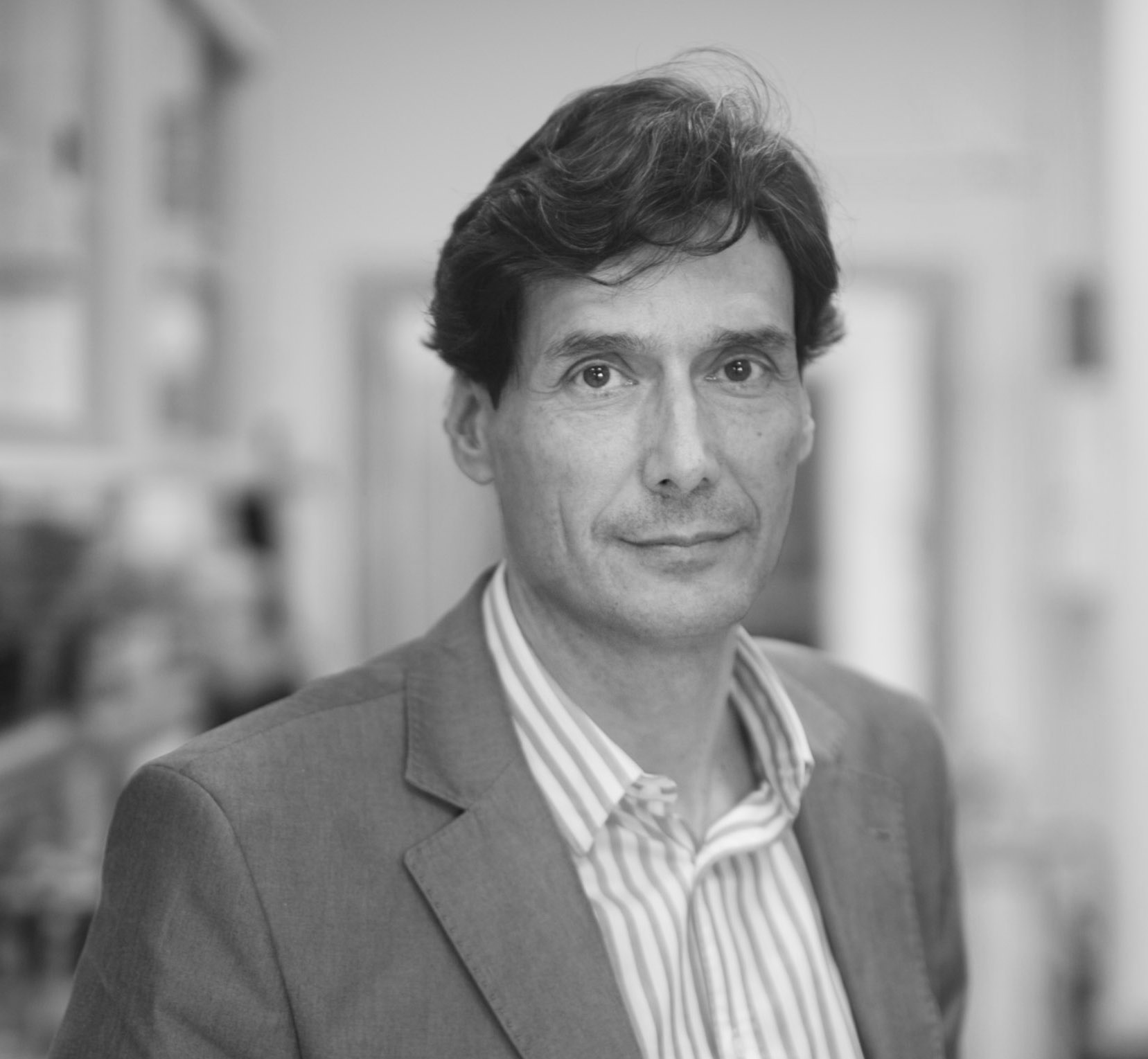AREAS OF SPECIALTY:
Cellular senescence
Epigenetic aging
Cellular reprogramming
“Treating aging will be beneficial for the individual, for the society, and for the sustainability of the planet.”
Manuel Serrano, Ph.D.
ICREA Research Professor at Institut de Recerca Biomèdica (IRB Barcelona)
Manuel Serrano obtained his PhD in 1991 for his research at the Center for Molecular Biology (CSIC/UAM, Madrid)) under the supervision of M. Salas and J.M. Hermoso. From 1992 to 1996 he worked as a Postdoctoral Fellow in the laboratory of D. Beach at the Cold Spring Harbor Laboratory, New York, USA. In 1997, he returned to Spain to start his own research group at the Spanish National Biotechnology Center (CSIC, Madrid). He moved to the Spanish National Cancer Research Center (Madrid) in 2003 to lead the Tumor Suppression Group, where he also served as Director of the Molecular Oncology Program (2012-2017). In May 2017, he relocated to the Institute for Biomedical Research-IRB Barcelona to establish the Cellular Plasticity and Disease Group within the Molecular Medicine Research Program.
FOCUS AREAS
Tumor Suppressors. Tumor suppressors protect the organism from many types of damage and regardless of the pathology that damage may cause.
Tumor suppressors often trigger a cellular state known as cellular senescence, cellular senescence is critical to signal tissue damage and to elicit tissue regeneration.
The key emerging paradigm is that tumor suppressors, by triggering cellular senescence, recruit inflammatory cells and create a tissue micro-environment that favors tissue repair and regeneration.
Awards and Honors
Severo Ochoa Award, “Ferrer” Foundation, Spain (2018)
Severo Ochoa Lecture, “Carmen and Severo Ochoa” Foundation, Spain (2017)
aging critical publications
Serrano M, Hannon G, Beach D (1993). A new regulatory motif in cell-cycle control causing specific inhibition of cyclin D/CDK4. Nature, 336, 704-707.
Matheu A, Maraver A, Klatt P, Flores I, García-Cao I, Borras C, Flores JM, Viña J, Blasco MA, Serrano M (2007). Delayed aging through damage protection by the Arf/p53 pathway. Nature 448, 375-379.
Abad M, Mosteiro L, Pantoja C, Cañamero M, Rayón T, Ors I, Graña O, Megías D, Domínguez O, Martínez D, Manzanares M, Ortega S, Serrano M (2013). Reprogramming in vivo produces teratomas and iPS cells with totipotency features. Nature 502, 340-345 (2013).
Muñoz-Espín D, Cañamero M, Maraver A, Gómez-López G, Contreras J, Murillo-Cuesta S. Rodríguez-Baeza A, Varela-Nieto I, Ruberte J, Collado M, Serrano M (2013). Programmed cellular senescence during embryonic development. Cell 21, 1104-1118 (2013).
Mosteiro L, Pantoja C, Alcazar N, Marión RM, Chondronasiou D, Rovira M, Fernández-Marcos PJ, Muñoz-Martin M, Blanco-Aparicio C, Pastor J, Gómez-López G, de Martino A, Blasco MA, Abad M and Serrano M (2016). Tissue damage and senescence provide critical signals for cellular reprogramming in vivo. Science 354, 6315. pii: aaf4445.

